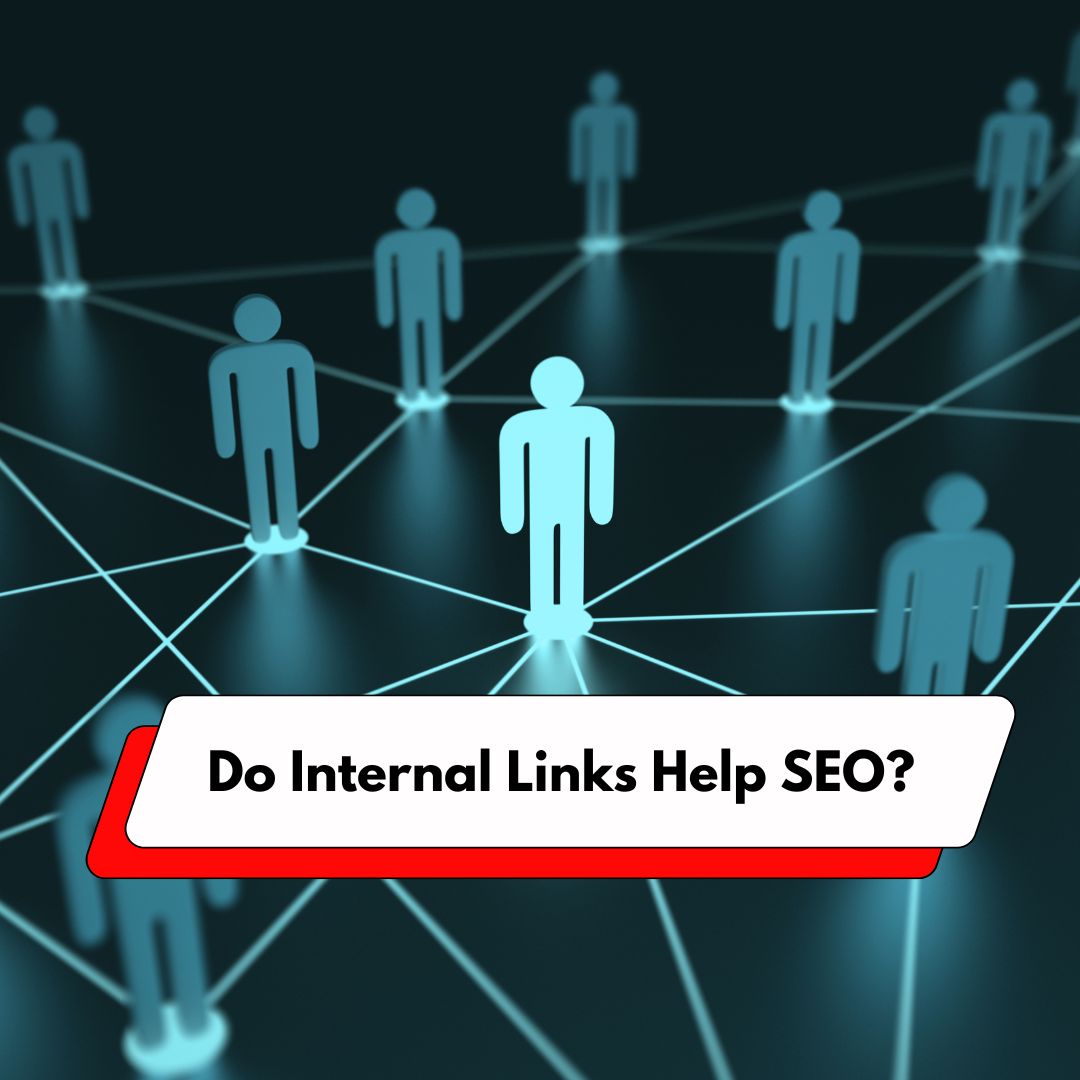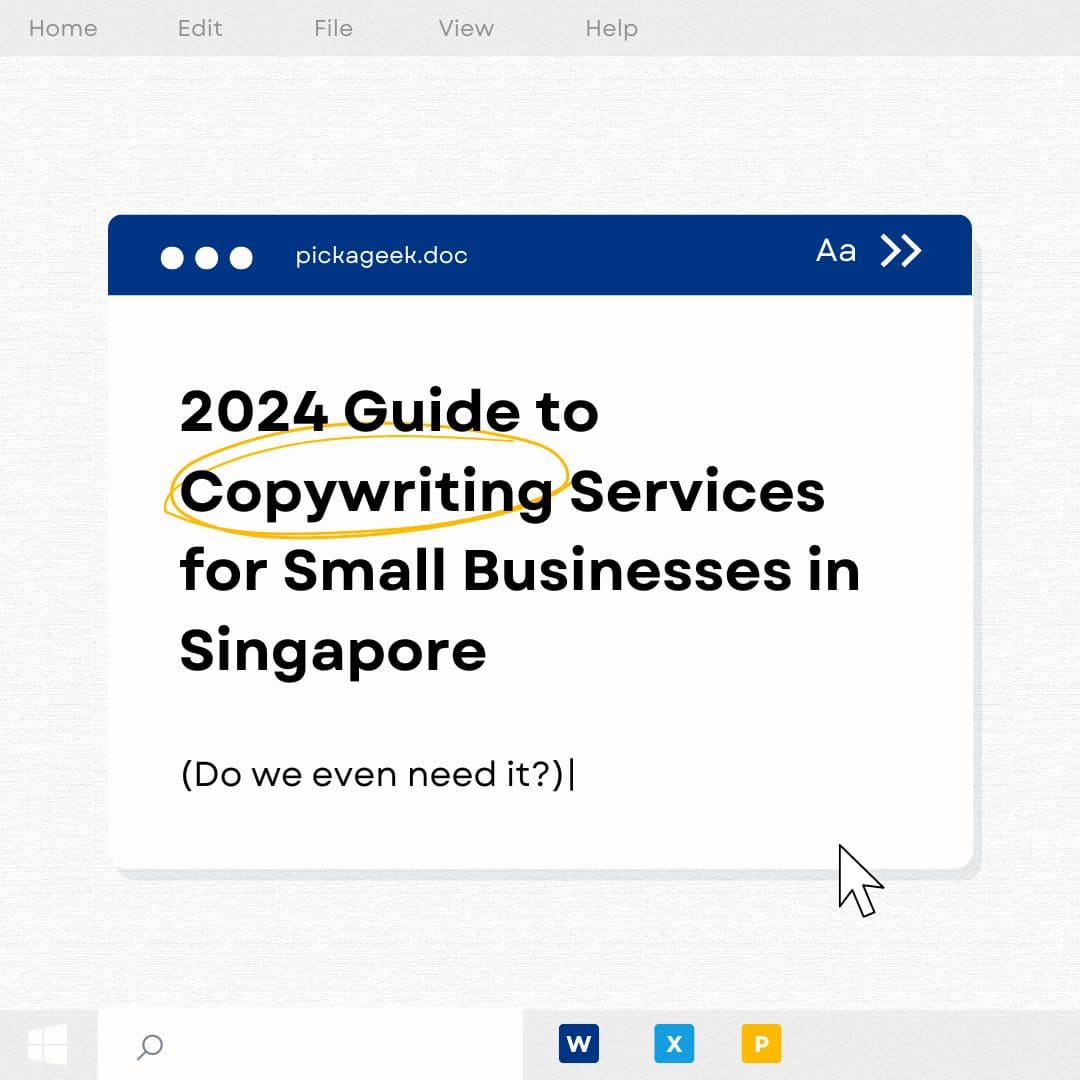What is the Google Sandbox? The term "Google Sandbox" refers to a speculated phase where…

Do Internal Links Help SEO?
Do Internal Links Help SEO?
Introduction
Internal linking often plays the unsung hero. It’s akin to a website’s plumbing system – essential, yet not always recognised for its importance. In this post, we shall explore why internal links are crucial for SEO and how they can bolster your site’s performance.
What Are Internal Links?
Put simply, internal links are hyperlinks connecting one page of a website to another within the same domain. They serve as pathways that both users and search engines follow to navigate your site. Think of them as signposts guiding visitors around your online territory.
The Importance of Internal Links in SEO
1. Enhancing User Experience
Internal links create a structured journey for visitors, guiding them from one relevant piece of content to another. This not only enriches the user experience but also encourages them to spend more time on your site, indirectly boosting SEO.
2. Facilitating Site Navigation and Structure
Internal links aid search engines in understanding the layout and hierarchy of your website. They function as roads that Google’s crawlers traverse to index the pages of your site. A well-structured internal linking system simplifies the process for search engines to crawl and index new pages, thus improving your site’s visibility and rankings.
3. Spreading Page Authority
Internal linking plays a pivotal role in distributing page authority throughout your site. Linking less popular pages from your high-authority pages can transfer some of that ‘link juice’, enhancing the SEO potential of the entire site.
How to Optimise Internal Links for SEO
1. Plan a Logical Structure
Commence with a pyramid structure for your internal links, placing your homepage at the apex, followed by main category pages, and then individual posts or products. This assists in creating a clear hierarchy and effectively spreading link equity.
2. Use Descriptive Anchor Text
The anchor text, or the clickable text in a hyperlink, should be descriptive and pertinent to the target page. Shun vague phrases like “click here”. Instead, utilise keywords that accurately describe the content of the page you’re linking to.
3. Link Deep
Rather than merely linking back to your homepage or contact page, delve deeper. Link to your in-depth content pages, blog posts, or product pages. This not only enhances the user experience but also evenly distributes page authority.
4. Focus on Relevance
Ensure that your internal links are contextually relevant to the content they’re in. This enhances user engagement and aids search engines in understanding the relationships between various pages on your site.
5. Avoid Overloading with Links
Whilst internal linking is beneficial, cramming too many links into your content can be counterproductive. It can overwhelm users and dilute link equity. Strive for a balanced approach.
6. Regular Audits and Updates
Periodically check your internal links to mend broken links and update outdated content. This maintains your site’s navigation smooth and efficient.
The Role of Internal Links in SEO Strategies
Incorporating internal links into your SEO strategy can have a profound impact. They bolster your site architecture, distribute authority, and guide users through your sales funnel or informational content. Essentially, internal links can be viewed as a component of your broader marketing plan, indirectly influencing conversions by guiding visitors to crucial pages.
Common Mistakes to Avoid
Overloading Paragraphs: Avoid stuffing paragraphs with multiple links. Two or three links per 200 words is a sound guideline.
Linking Irrelevant Pages: Always link pages that are contextually relevant to each other.
Ignoring Link Equity Distribution: Be mindful of how you distribute link equity throughout your site. Don’t just focus on the top pages; spread the wealth.
Conclusion
Do internal links help SEO? Internal links are a powerful yet often overlooked element of SEO. They enhance user experience, improve site navigation, and contribute to a well-structured website. By adhering to best practices and avoiding common pitfalls, you can leverage internal links to significantly amplify your site’s SEO performance. Start weaving this internal web today, and observe as it fortifies the fabric of your online presence. Want to know more about SEO? Click here to contact us today.



